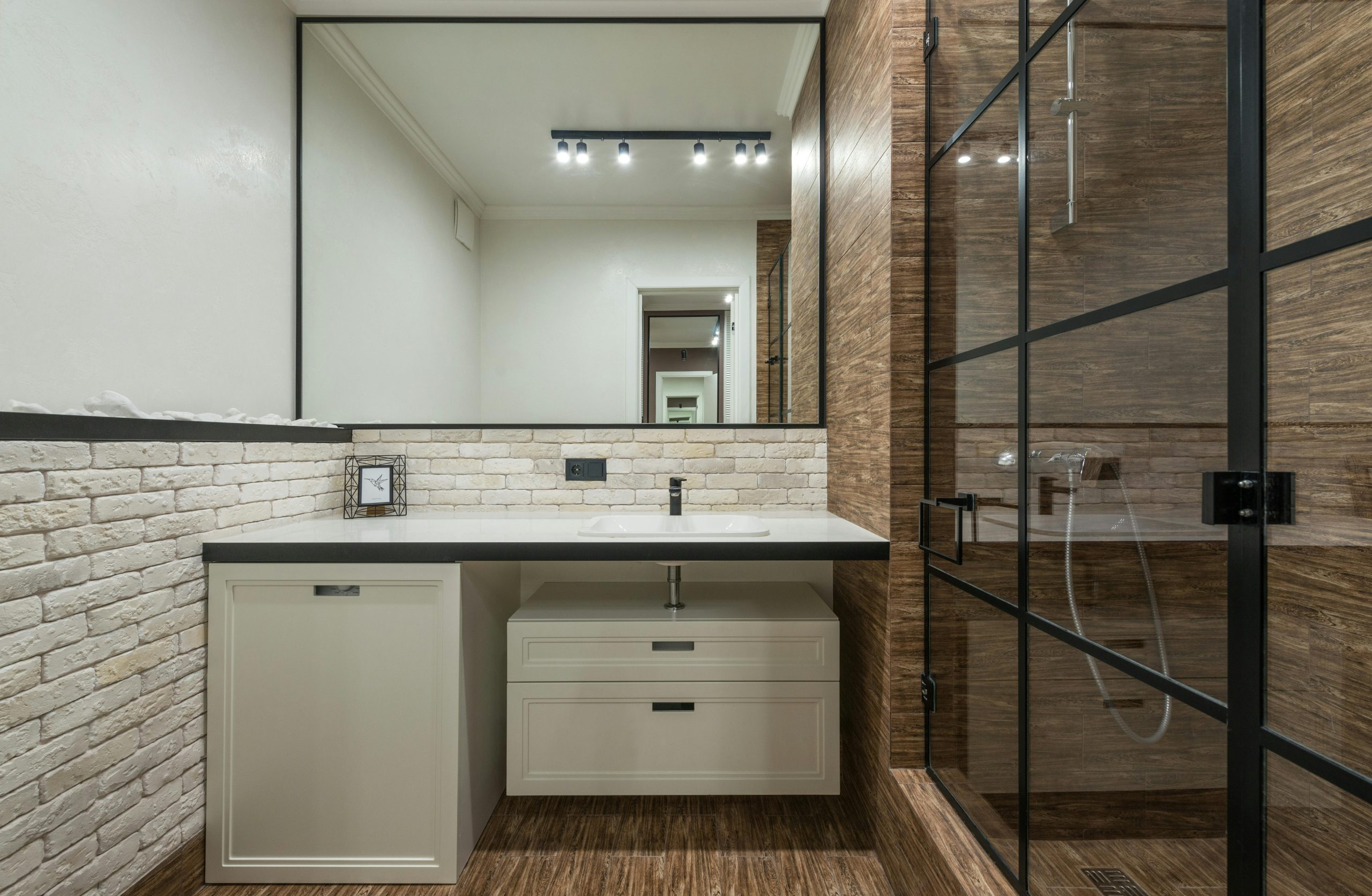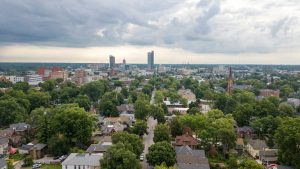Real Estate and Identity: How Our Homes Reflect Who We Are
The saying “home is where the heart is” has long been associated with the idea of home being more than just a physical space. Our homes are a reflection of our personalities, values, and identities. From the interior design to the location, every aspect of our homes is a reflection of who we are. Real estate plays a significant role in shaping our identities and how we present ourselves to the world. In this article, we will delve into the connection between real estate and identity, and how our homes are a reflection of who we are.
The Location of Our Homes
The first and most significant aspect of our homes that reflects our identity is the location. The neighborhood we choose to live in says a lot about our lifestyle, priorities, and values. For example, someone living in a bustling city center may value the convenience and fast-paced lifestyle, whereas someone living in the suburbs may prioritize peace and quiet.
The location of our homes also reflects our socioeconomic status. High-end neighborhoods with luxury homes are synonymous with affluence and success, and people living in these areas are often proud of their achievements and social status.
The Design of Our Homes
The design and decor of our homes are also significant indicators of our identity. Just as our fashion choices or personal style are a reflection of who we are, our home’s design is an extension of ourselves. Whether we choose a minimalist, bohemian, or traditional style, our homes are a canvas for self-expression.
For some, the interior design of their home may reflect their cultural identity and heritage. They may incorporate traditional elements and decor from their home country, making it a tangible representation of their identity.
The Use of Space in Our Homes
How we utilize the space in our homes also reflects our identity. A home with a dedicated workspace may indicate that the homeowner is career-driven and values productivity. On the other hand, a home with a cozy reading nook may signify a love for literature and relaxation.
Our homes’ layout and organization can also give insight into our personalities and behaviors. The organization and functionality of a space can either signify a meticulous and detail-oriented individual or a laid-back and relaxed one.
Emotional Attachments to Our Homes
Lastly, our homes hold emotional significance and attachments that shape our identity. It is where we create memories, celebrate milestones, and find comfort and solace. Our homes are a reflection of the moments and experiences that have shaped us and play a significant role in our sense of self.
For some, their childhood home holds a special place in their heart, and they may strive to recreate a similar home environment in their adult life. Others may infuse their home with personal touches and memories, making it a unique representation of their identity.
In Conclusion
Our homes are more than just a physical space; they are an extension of ourselves. The location, design, use of space, and emotional attachments all contribute to our home’s identity and, in turn, reflect our own identity. Real estate not only provides us with a place to live, but it also plays a crucial role in shaping who we are as individuals.








